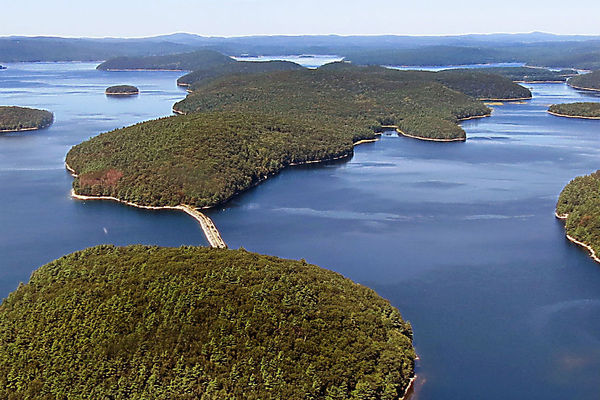
An experiment gone awry
Timber rattlesnakes in Quabbin, is this a lesson not learned? Is the Quabbin Reservoir a water supply for Massachusetts, or is it French’s personal zoo and playground for him and his grad. Students?
- Opinion of John Kupa
- Posted Mar. 2, 2016 at 2:01 AM
- Massachusetts believes it has a mandate to return rattlesnakes (Crotalus horridus) to its forests. The state has several colonies of rattlesnakes within its borders. One wonders why more are needed.
Officials plan to put the rattlesnakes on an island in the Quabbin Reservoir where they will be protected from humans. If they can breed there, the colony can be used to create other rattlesnake colonies throughout Massachusetts. The rattlesnakes will, of course, leave the island by swimming the short distance to the forested mainland and spread throughout southern New England and join us in Rhode Island. Then they will be with us, a venomous snake that has not been part of New England since colonial days.
Massachusetts officials say the Endangered Species Act mandates the introduction of a venomous reptile, the rattlesnake, to populated regions of the state. Well, it doesn’t! There is choice! The rattlesnake will encounter humans — and it will strike, bite and poison those who encounter it.
Further, the known presence of rattlesnake will diminish the desire of people to enjoy woodlands as they do now, without the threat of being bitten by a rattlesnake. It is not an inspiring experience to come upon a rattlesnake while enjoying a walk in the woodlands.
In my career as a wildlife ecologist, I observed a wildlife experiment at the University of Massachusetts where the fisher (sometimes called the fisher cat) was released onto an island in Quabbin Reservoir. It was postulated that the fishers would control the overpopulation of the island by porcupines.
The fishers killed all the porcupines, all right, but then they left the island. They reached the mainland by traveling over the ice or by swimming. They established populations throughout Massachusetts, Rhode Island and Connecticut. Now, they kill our family cats, eat our dogs and attack us in our backyards. They kill our chickens, ducks and farm geese in the name of a complete New England fauna.
It is dangerous to tinker with the introduction of wildlife species long gone from regional fauna. The Canada goose was welcomed until it overtook our golf courses and the wild turkey was admired until it began to attack children and the elderly. The white-tail deer was put on Block Island by choice. Now Block Islanders would like to see the deer gone.
There comes a time in our society where the wishes of the few must be called into question. I feel certain that 99 percent of the New Englanders who use our forests would vote against the addition of a venomous snake to our forests and parklands.
John J. Kupa, of North Kingstown, an occasional contributor, is an emeritus professor at the University of Rhode Island.
- Are we the people of The North Quabbin Region going to allow the Quabbin to be used as French’s private zoo and playground?
- “
Great article. I am in complete agreement with you. I once lived in Warren, MA close to the Quabbin and now I live in southern West Virginia where we have rattlers and copperheads both dangerous venomous snakes that have killed several folks here. These creatures can swim and move around and in the hot summer months they come down from certain areas to find water specifically. Thanks for a good article and well articulated.
LikeLiked by 2 people
Reblogged this on Wildlife Quabbin Valley with Mike Krunklevich.
LikeLike